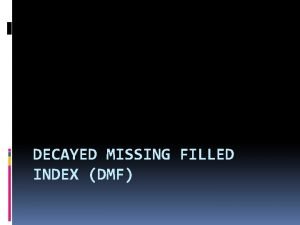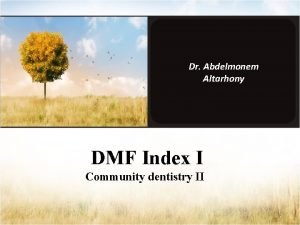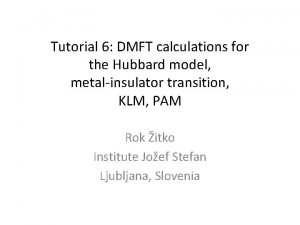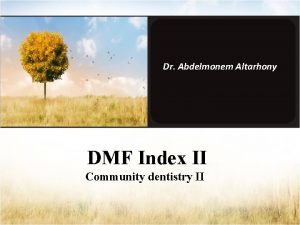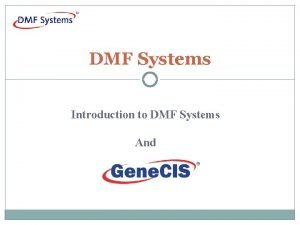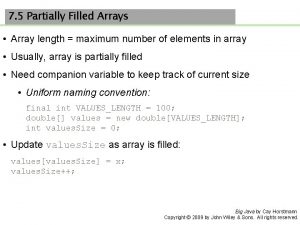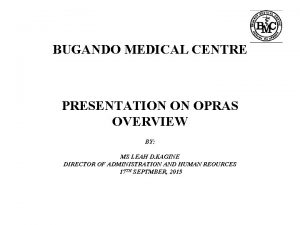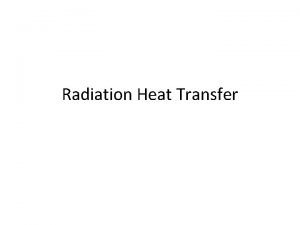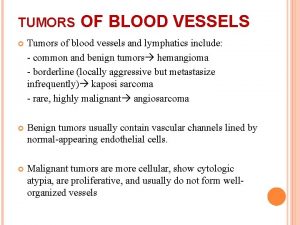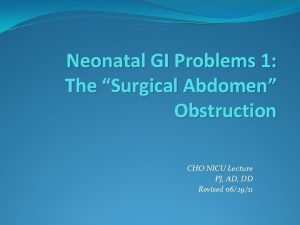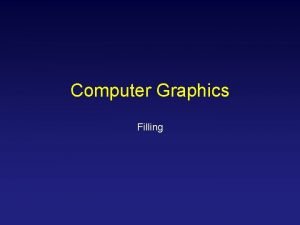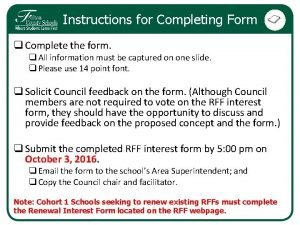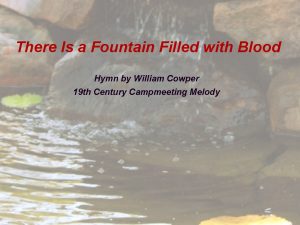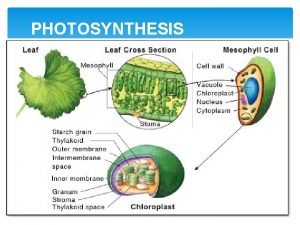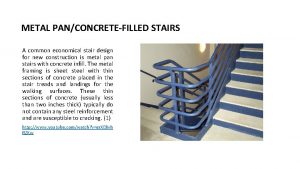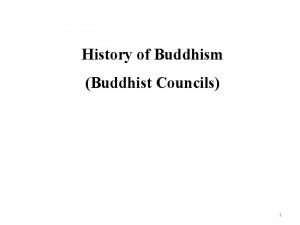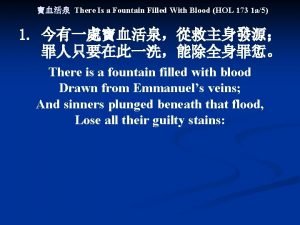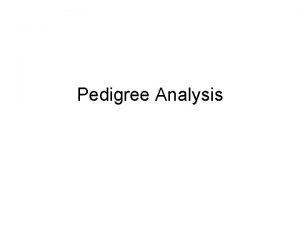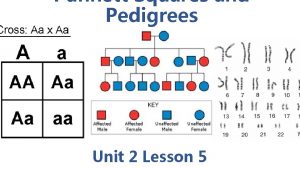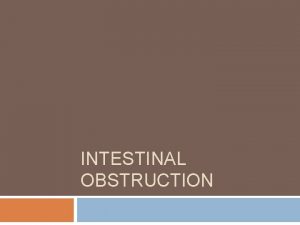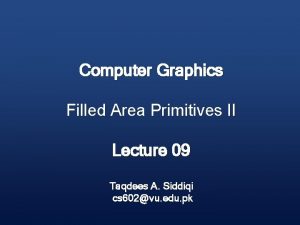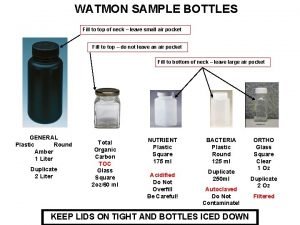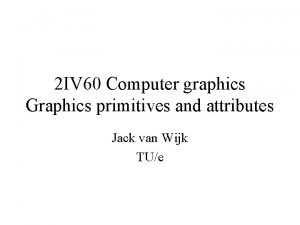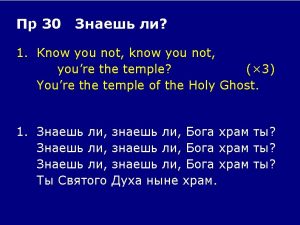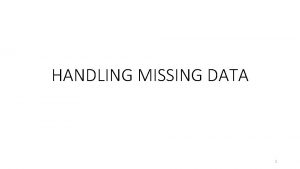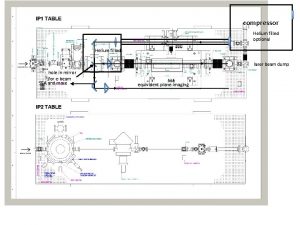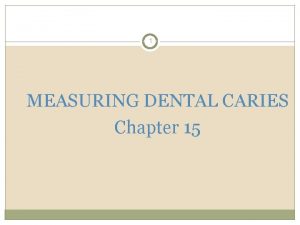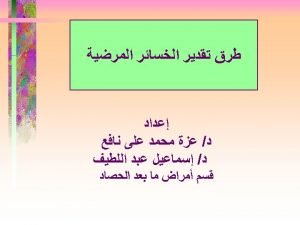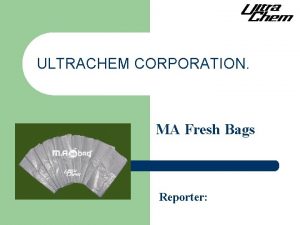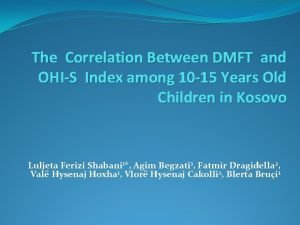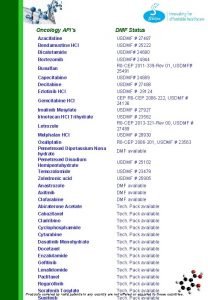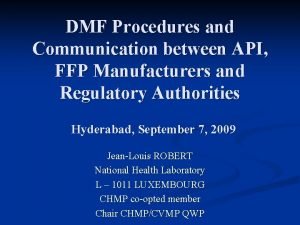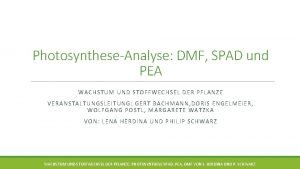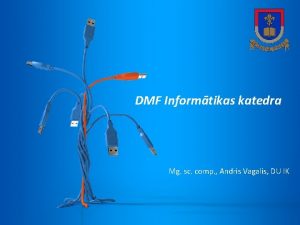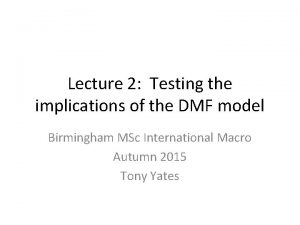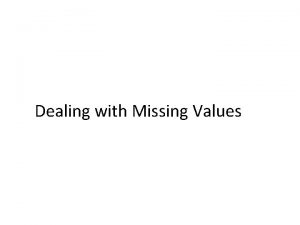DECAYED MISSING FILLED INDEX DMF DMFT Index Was



































- Slides: 35

DECAYED MISSING FILLED INDEX (DMF)

DMFT Index Was introduced by Henry Klien, Carrole E. Palmer and Knutson J. W in 1938

Method Applied to permanent teeth D…………. . decayed teeth M…………. . missing due to caries F……………. previously filled teeth

Method All the 28 teeth are examined The teeth that are not included are: -Third molars - Un-erupted teeth - Congenitally missing - Supernumerary -Teeth removed for any other reason than caries - Teeth restored for any other reason other than caries example…. . trauma or cosmetic purposes - primary tooth retained with the permanent successor erupted

Instruments

Criteria for the Identification of Caries Lesion is clinically visible Explorer tip can penetrate deep into soft yielding material There is discoloration or loss of translucency The explorer tip in a pit or fissure catches or resists removal after pressure on insertion

PRINCIPLES & RULES

Principles & Rules No tooth is counted more than once D, M or F teeth should be recorded separately When counting the decayed teeth, also count those teeth which have restorations with recurrent decay Care must be taken to list the missing teeth A tooth may have many restorations but is counted as ONE Deciduous teeth are not included A tooth is considered to be erupted when the occlusal surface or incisal edge is totally exposed or can be exposed be gently reflecting the gingival tissue

WHO MODIFICATIONS

WHO Modification All third molars are included Temporary restorations are considered as D Only carious cavities are considered as D, initial lesions ( chalky spots, stained fissures) are not considered

EXAMINATION METHOD FOR PERMANENT TEETH ONLY

D Indicates the no of permanent teeth that are decayed Remember that a tooth can be counted only once Cannot be counted as decayed and filled

M Indicated the no of missing permanent teeth due to decay The teeth which are badly decayed that they are advised for extraction are counted as missing History must be taken to identify that teeth have been lost due to caries

F Indicates the no of permanent teeth that have been attacked by the caries, and now restored fully and functionally good Tooth may have several fillings but is counted as ONE

CALCULATION OF INDEX

1: Individual DMFT Identify each component separately Add each component separately than add all subgroups. Then add them D+M+F = DMFT

2: Group Average Total D, M , F for each individual , then divide the total DMF by the no of individuals in the group i. e Average DMFT= total DMFT total no of persons

LIMITATIONS

Limitations Don’t indicate the no of teeth that are at risk Can be invalid in older patients because become lost for the reasons other than caries Can be misleading in children because teeth may be lost for orthodontic reason Not significant in the root caries

DMFS Applied only to permanent teeth D= Decayed teeth surfaces M= Missing teeth surfaces F= Filled teeth surfaces

Advantages More sensitive Disadvantages Takes longer time May require radiographs for accurate assessment.

Surfaces Examined For Posterior Teeth: Five Surfaces Facial, Lingual, Mesial, Distal and Occlusal For Anterior Teeth: Four Surfaces Facial, Lingual, Mesial, Distal

Calculations If Third Molars are not included Total surfaces for posterior teeth= 80 Total Surfaces for anterior teeth =48 Total=128 Rest of the calculations are similar to DMFT index

Caries Indices for Primary Dentition

Def Index Was Described by Gruebbel A. O in 1944. d=Decayed Teeth e= Extracted Teeth ( Due to Caries) f= Filled Teeth

Calculations of def Index For Primary teeth maximum def score for an individual would be 20. Defs score for a child can be 88 to maximum. Calculations are same as that of DMFT.

For Mixed Dentition Caries indices for primary and permanent teeth will be calculated separately. DMFT and deft are never added together. Index for permanent teeth is calculated first , followed be deft index.

Plaque Index Proposed by Silness and Loe Assessment of thickness of plaque at gingival area. Four gingival areas( distal, facial, mesial, lingual) for each tooth or selected teeth.

The Plaque Index System Scores 0 Score No plaque 1 Score A film of plaque adhering to the free gingival margin and adjacent area of the tooth. The plaque may be seen in only after application of disclosing solution or by using the probe on the tooth surface. 2 Score Moderate accumulation of soft deposits within the gingival pocket, or the tooth and gingival margin which can be seen with the naked eye. 3 Score Abundance of soft matter within the gingival pocket and/or on the tooth and gingival margin.

Procedure Tooth is dried and examined visually The explorer is passed across the tooth surface near the entrance of gingival sulcus If no plaque adheres to the explorer it is given score “ 0” and so on

Teeth to be examined

Calculation examples The following example shows how to calculate the scores for the index. Assuming a tooth with the following scores on the four surfaces Surface Buccal Lingual Mesial Distal Scores 2 1 1 2 Plaque Index = (2+1+1+2) / 4 = 1. 5, according to the plaque index system this means the plaque index for the tooth is moderate accumulation of soft deposit within the gingival pocket, or the tooth and gingival margin which can be seen with the naked eye.

For instance, if you have the following indices for the teeth : Tooth Index Maxillary right first molar (16) 1. 5 Maxillary right lateral incisor (12) 1. 3 Mandibular left first molar (36) 1 Mandibular left lateral incisor (32) 1. 6 Mandibular right first bicuspid (44) 1. 3 Maxillary left first bicuspid (24) 1. 2 Then the index for the patient will be The index for patient = (1. 5 + 1. 3 +1. 2 + 1. 6 + 1. 3) / 6 = 1. 4

RATINGS Excellent (0) Good (0. 1 -0. 9) Fair (1. 0 -1. 9) Poor (2. 0 -3. 0)

Thank You
 Dmfs calculation
Dmfs calculation Dmf dentistry
Dmf dentistry Partially decayed plant matter found in bogs
Partially decayed plant matter found in bogs Dmft calculation
Dmft calculation Dmf china
Dmf china Dmf model
Dmf model Dmf dentistry
Dmf dentistry Dmf systems
Dmf systems Partially filled arrays
Partially filled arrays Backpack filled with books
Backpack filled with books Opras form 2021
Opras form 2021 Example of heat transfer by radiation
Example of heat transfer by radiation Rpms phase 1
Rpms phase 1 Blood-filled vessel
Blood-filled vessel Duodenal atresia jaundice
Duodenal atresia jaundice Scan line algorithm in computer graphics
Scan line algorithm in computer graphics Form q
Form q Have you ever read the book
Have you ever read the book Gas filled cable
Gas filled cable The dying thief rejoiced to see
The dying thief rejoiced to see The gel-filled space inside the chloroplast
The gel-filled space inside the chloroplast Be full of be filled with
Be full of be filled with Concrete pan stairs
Concrete pan stairs Buddhist council
Buddhist council 寶血活泉
寶血活泉 Pedigree dominant or recessive
Pedigree dominant or recessive Color blindness pedigree
Color blindness pedigree Sba form 2202 example filled out
Sba form 2202 example filled out Intestinal obstruction dynamic and adynamic
Intestinal obstruction dynamic and adynamic Filled vs unfilled polygon in computer graphics
Filled vs unfilled polygon in computer graphics One day when heaven
One day when heaven A stunt man is to drive an auto across the water-filled gap
A stunt man is to drive an auto across the water-filled gap He has filled the hungry with good things
He has filled the hungry with good things The emigree by carol rumens
The emigree by carol rumens Samples bottles are completely filled up to the neck. why?
Samples bottles are completely filled up to the neck. why? Filled area primitives in computer graphics
Filled area primitives in computer graphics
